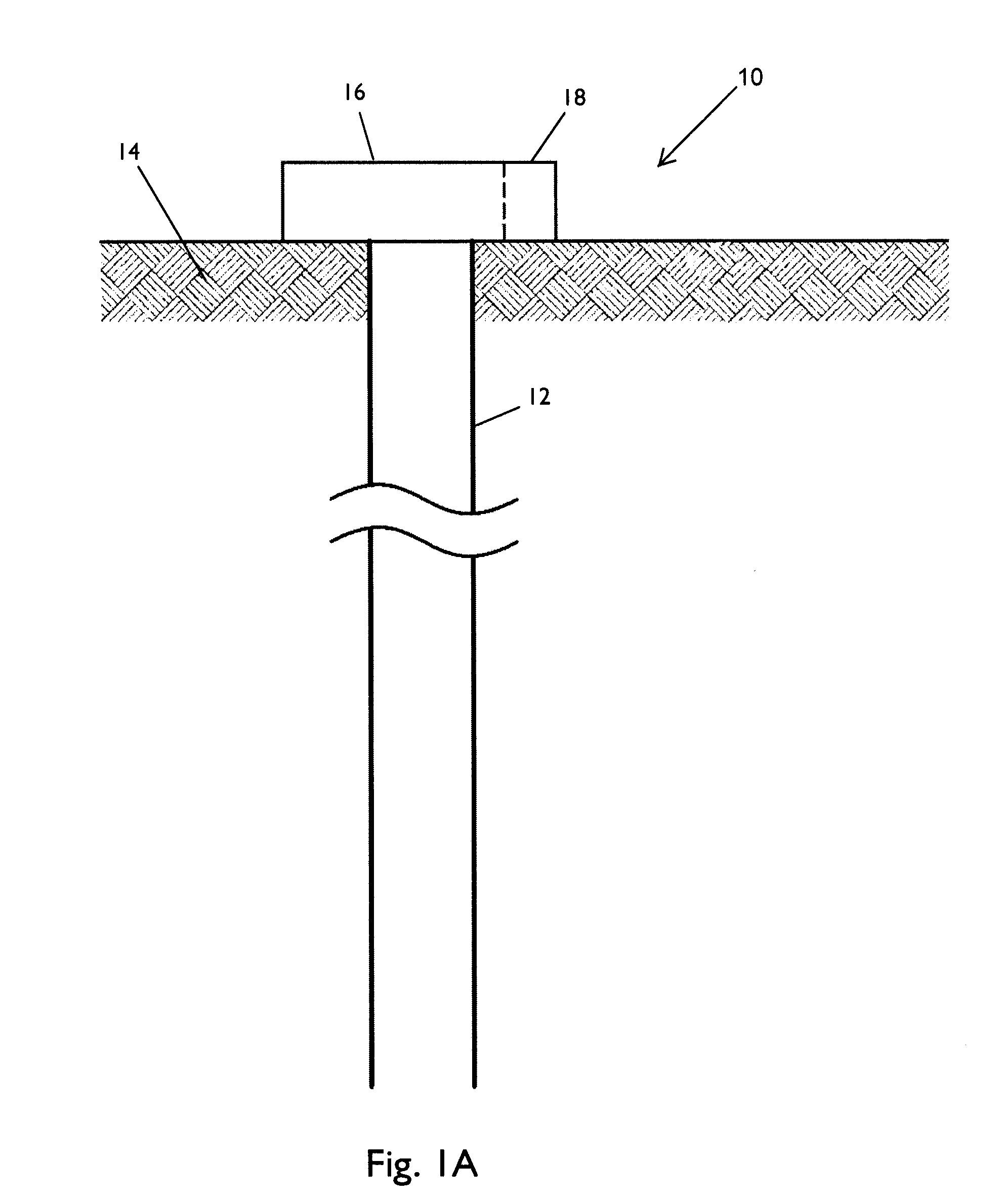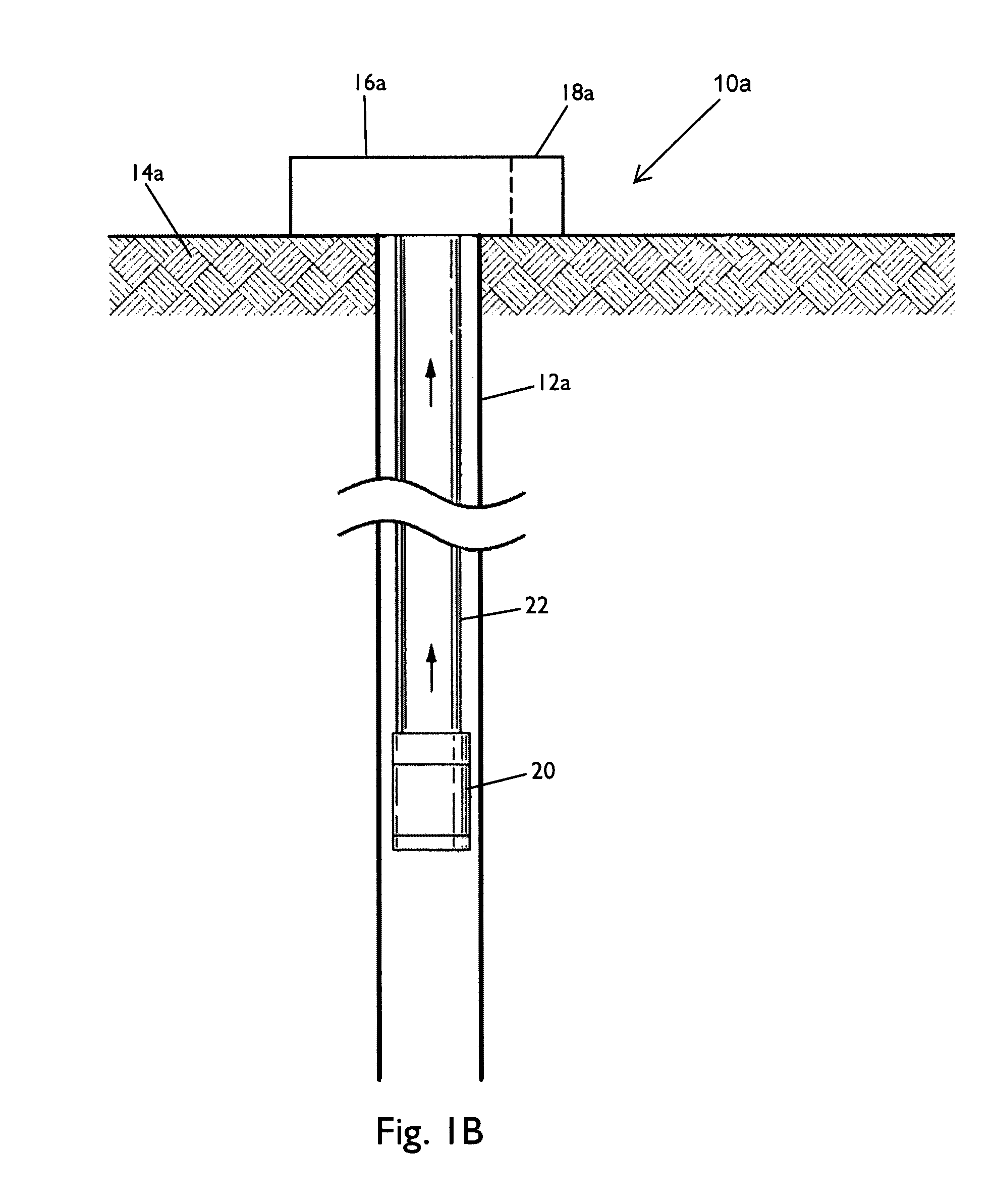Gas chromatograph column with carbon nanotube-bearing channel
a carbon nanotube and gas chromatograph technology, applied in the field of gas chromatography, can solve the problems of limiting the adaptability and versatility of equipment, affecting the quality of carbon nanotubes, and consuming a lot of resources, so as to reduce the formation of amorphous carbon, reduce the formation of contaminates, and add flexibility
- Summary
- Abstract
- Description
- Claims
- Application Information
AI Technical Summary
Benefits of technology
Problems solved by technology
Method used
Image
Examples
Embodiment Construction
[0047]Gas chromatographs rely on discrete hollow columns or channels which contain or are packed with stationary support materials for separation of gases passing therethrough. Recently, carbon nanotubes (CNTs) including single-walled carbon nanotubes (SWNTs) and multi-walled carbon nanotubes (MWNTs) have been considered for use as the stationary support materials of chromatograph columns (see for example U.S. Published Patent Application 2008 / 0175785; Fonveme et al., 2008; Karwa et al., 2006; Yuan et al., 2006; Reid et al., 2009; Stadermann, et al., 2006; and Saridara et al., 2005, as noted above). However, the CNT-bearing chromatographic columns and channels described in the above references have not been used in the context of microelectromechanical systems (MEMS) for analysis of natural gas either in situ in a borehole, or at the well site. The present invention, as described in further detail below, is directed to such gas chromatographic columns and apparatus, and gas chromato...
PUM
| Property | Measurement | Unit |
|---|---|---|
| Length | aaaaa | aaaaa |
| Temperature | aaaaa | aaaaa |
| Thickness | aaaaa | aaaaa |
Abstract
Description
Claims
Application Information
 Login to View More
Login to View More - R&D
- Intellectual Property
- Life Sciences
- Materials
- Tech Scout
- Unparalleled Data Quality
- Higher Quality Content
- 60% Fewer Hallucinations
Browse by: Latest US Patents, China's latest patents, Technical Efficacy Thesaurus, Application Domain, Technology Topic, Popular Technical Reports.
© 2025 PatSnap. All rights reserved.Legal|Privacy policy|Modern Slavery Act Transparency Statement|Sitemap|About US| Contact US: help@patsnap.com



